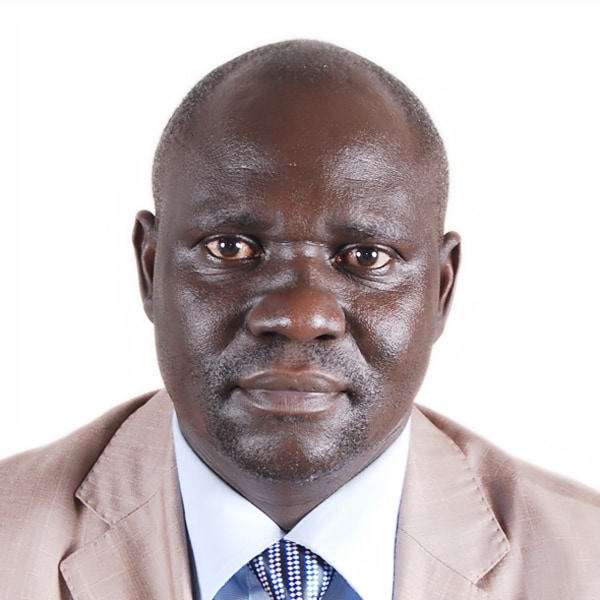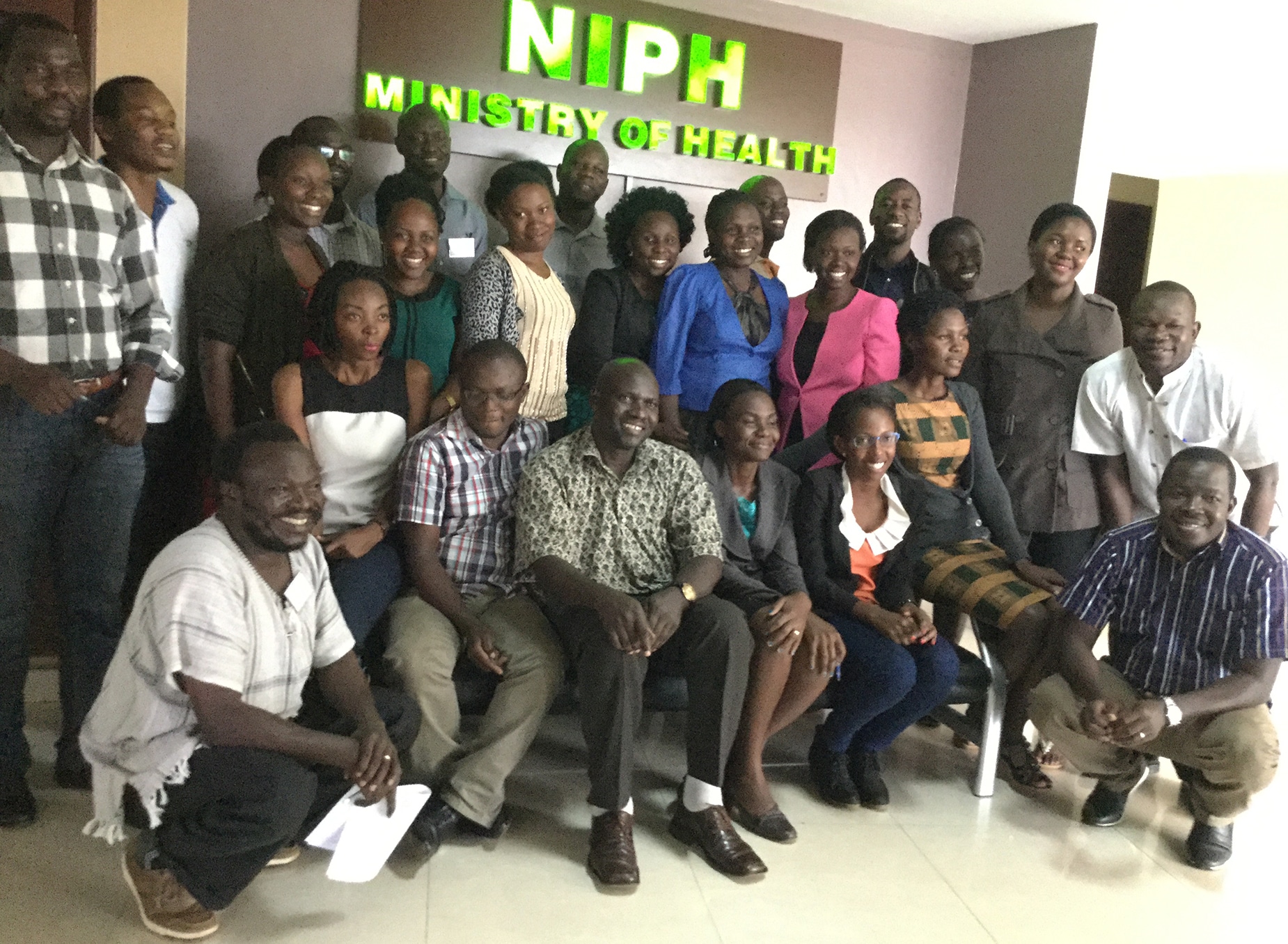Creating A Home for Public Health: Uganda’s National Institute of Public Health
June 11, 2021

Dr. Alex Riolexus Ario, Director of Uganda’s National Public Health Institute (UNIPH)
As director of Uganda’s National Public Health Institute (UNIPH), I am particularly proud of UNIPH’s progress since its inception in 2013. Recognizing that Uganda lies in a “hot zone” for infectious diseases, the Ministry of Health (MOH) set out to consolidate public health functions under one roof, streamlining coordination for optimal health outcomes. UNIPH was developed to integrate critical disease control operations, detect diseases early, and respond rapidly and effectively to emergencies.
With direct support from the U.S. Centers for Disease Control and Prevention and the International Association of National Public Health Institutes (IANPHI), Uganda’s Ministry of Health crafted a strategy for UNIPH, as well as clear objectives and key indicators for success. Uganda’s first steps included establishing the Public Health Emergency Operations Centre, constructing the National Health Laboratory Services complex, and implementing the Uganda Public Health Fellowship Program’s advanced field epidemiology track. Building on the country’s prior public health and global health security efforts, UNIPH was created to, as the Africa Centres for Disease Control and Prevention explains about national public health institutes, “… provide the platform to help countries achieve their public health goals.”
Learning and Growth by Overcoming Challenges
To reach our goals, Uganda’s public health institute significantly scaled up the country’s ability to prevent, detect, and respond to public health events, meeting the challenge of continued cross-border threats, like the COVID-19 pandemic. UNIPH fosters much-needed collaboration among all areas, strengthening our preparedness and response systems and enhancing our ability to receive and share information in a timely fashion. Disease outbreaks can now be controlled at their source, and the Ministry of Health can base outbreak and public health emergency policy decisions on real-time surveillance evidence.
Thanks to our institute’s robust laboratory capacity and an efficient specimen transportation network, we can detect, confirm, and respond to public health threats within 48 hours of an alert.
Uganda has made great public health strides through UNIPH. A 2017 Joint External Evaluation of Uganda’s global health security capacity showed that our systems are now faster, smarter, and more effective at identifying and responding to public health threats as compared to a 2015 GHSA External assessment as baseline. Also, the 2019 National Action Plan for Health Security included support for UNIPH activities further demonstrating the government’s appreciation for and commitment to having an NPHI. In 2020, UNIPH solidified plans for legislation which is the final step in becoming an official government autonomous entity.
Planning for Future Success
I continue to emphasize to MOH and political leadership the importance of UNIPH’s establishment and continued evolution. Disease outbreaks respect no national borders, and an outbreak in a neighboring country poses a grave risk to the region. One of our goals is to become a regional leader in public health system strengthening and to be able to support our neighbors when necessary. UNIPH aims to be well-positioned to respond to any public health emergency within our borders and the larger region. We plan to sustain our momentum so that UNIPH can serve its people and its neighbors in the best way possible.

The NIPH Staff and Advanced FETP Fellows attending the 1st International Emergency and Public Health Epidemiology Course facilitated by US CDC Atlanta team, March 2017.
